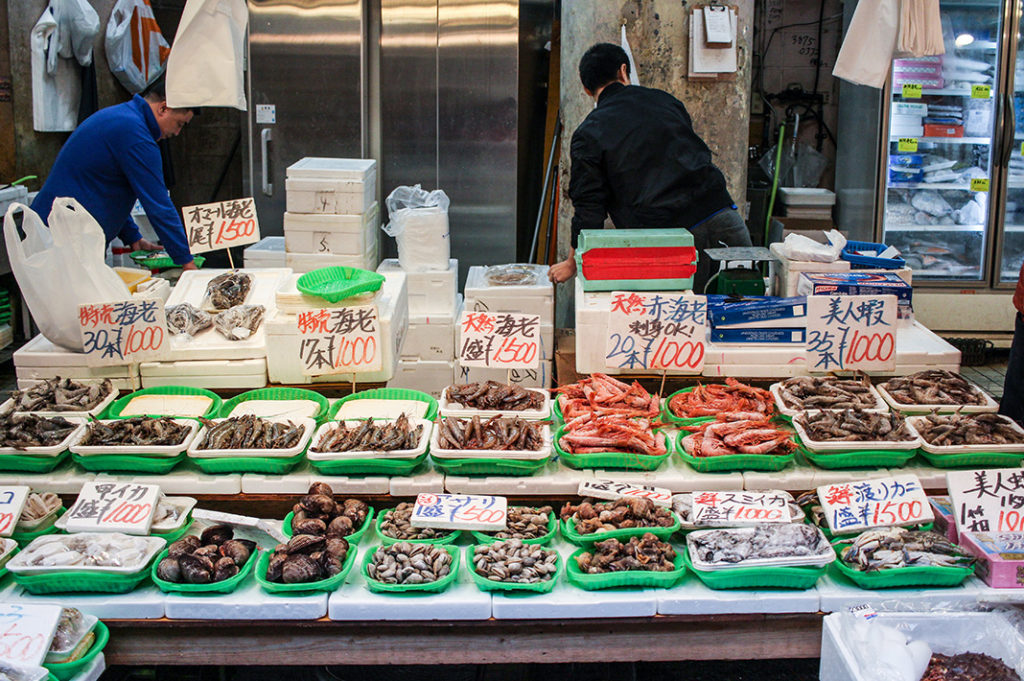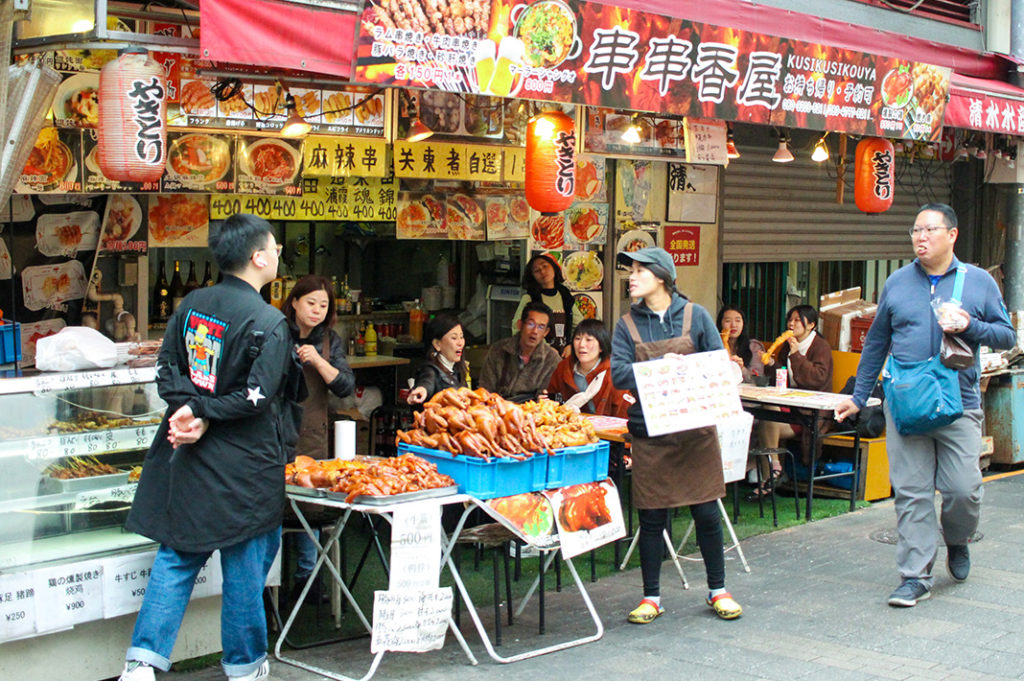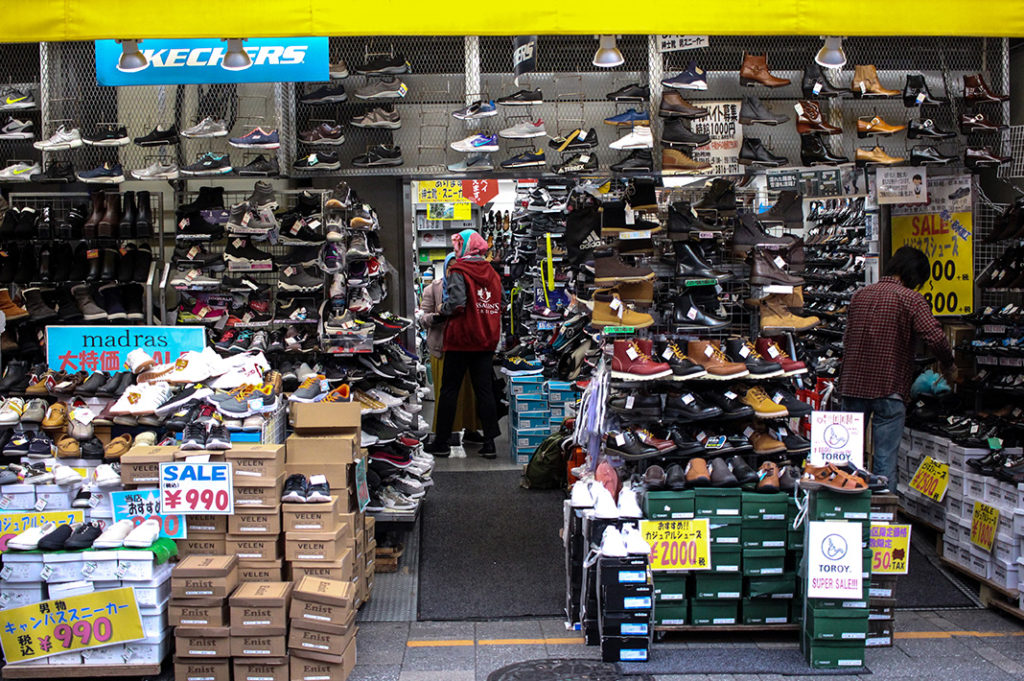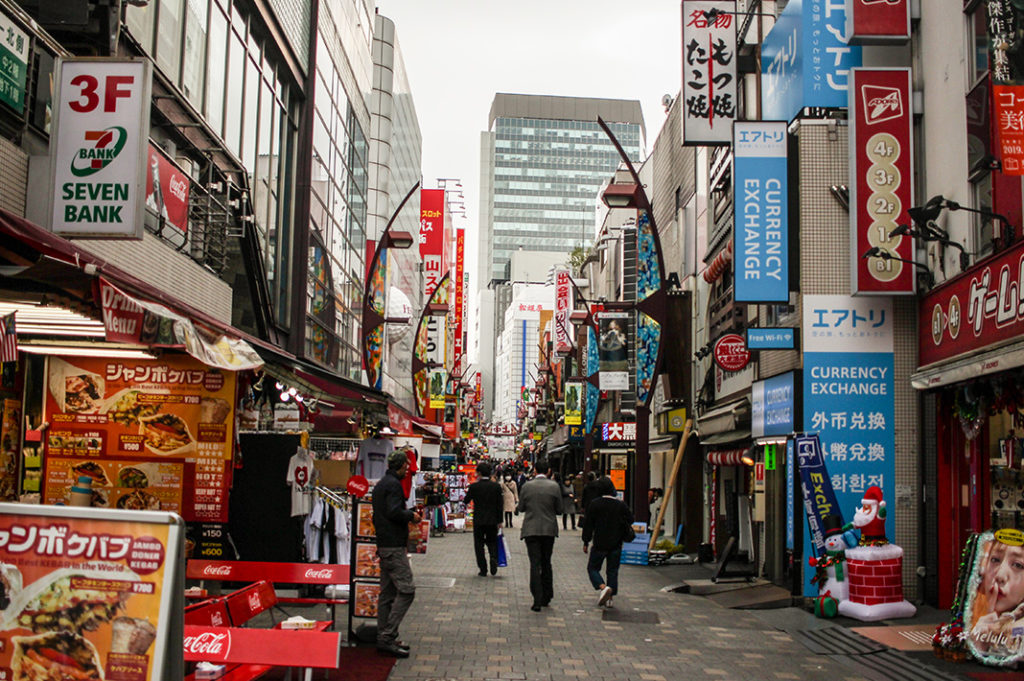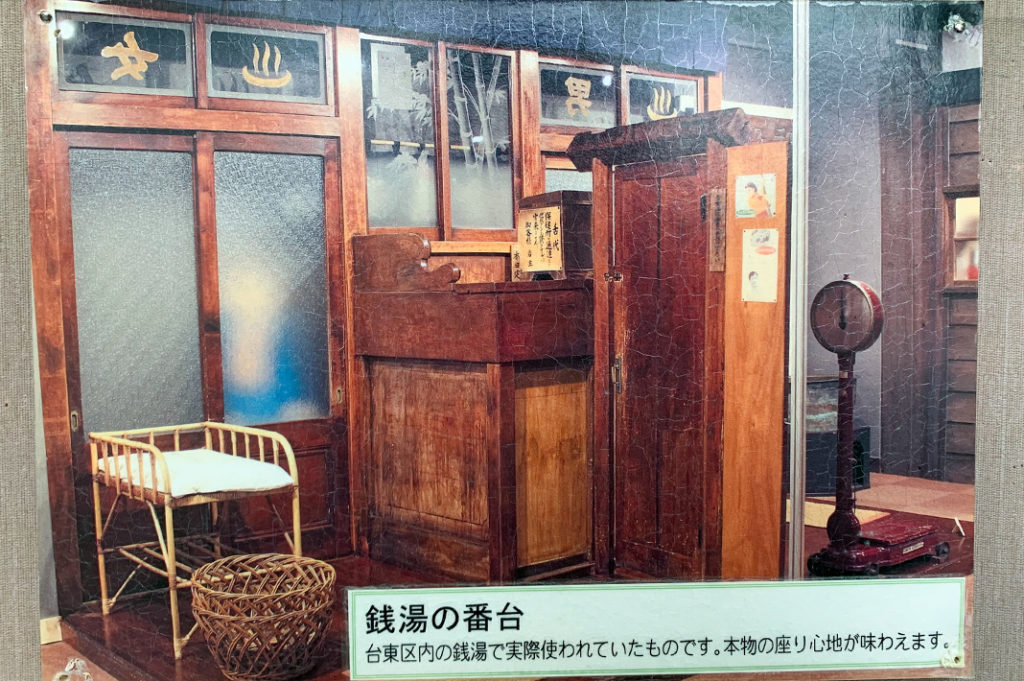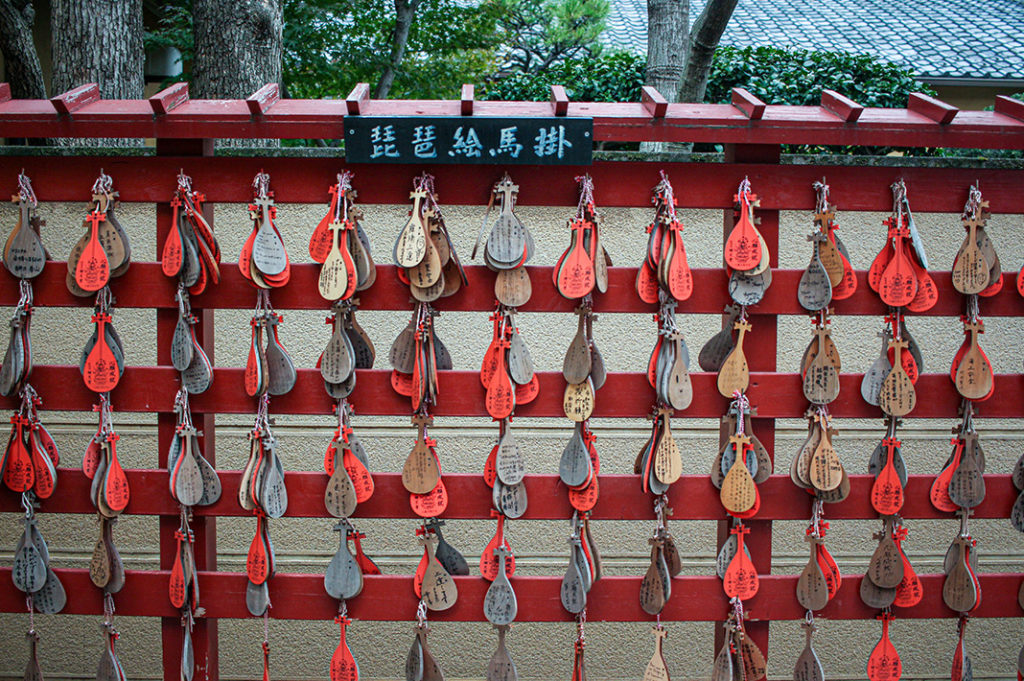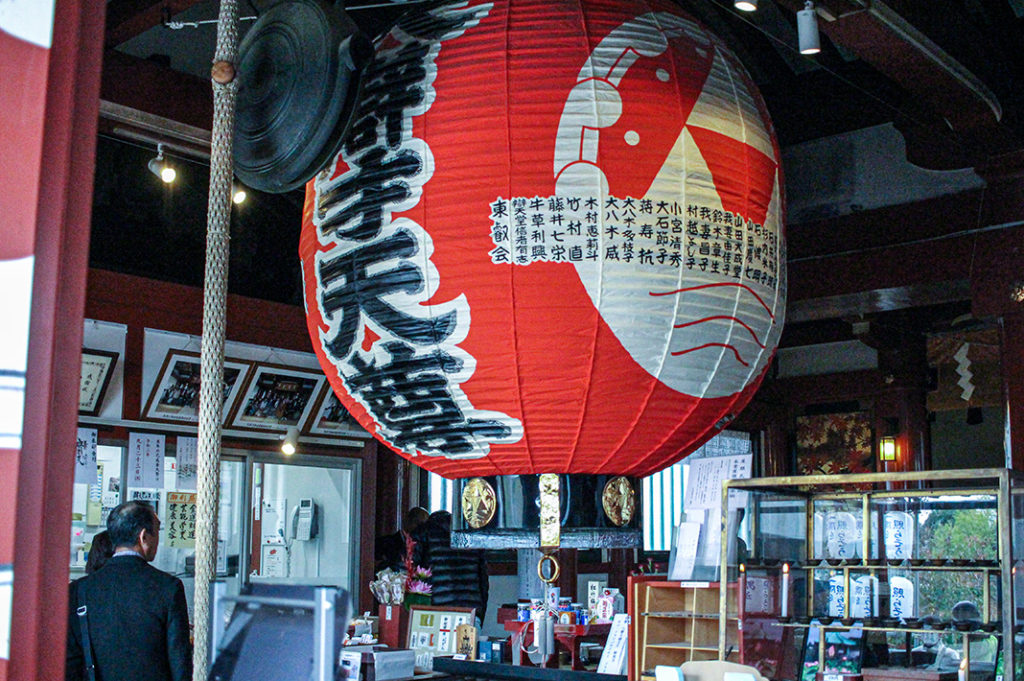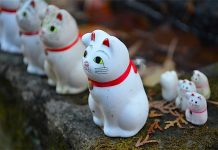Unlike Akihabara, which comprises the first part of this tour, Ueno offers a more laidback atmosphere. Dominated by the central Ueno park, the area is home to several museums, temples, and shrines—not to mention a massive zoo. It’s a little less flashy but a little more traditionally cultured. This Ueno tour will ensure you see some of the most famous sites in the area and fully appreciate everything the neighborhood has to offer. You can find a map of the tour here.
Beginning your Ueno Tour
The history of Ueno is tied to Tokyo’s working class. For much of the city’s history the area was part of the Shitamachi or low city district, where lower class merchants and tradespeople lived and worked. Over time, the area’s position next to a major downtown transit hub increased land prices, and it gradually transformed into its present formation as a culture and leisure centre. A walk through Ueno, therefore, offers two very different views of the city’s culture.

To begin your Ueno Tour, head north from Akihabara along Chuo-Dori Avenue. Instead of heading straight for the station, however, turn right and head into the backstreets known as the Ameyoko Market. This was one of the largest black markets after World War II. While its days as a hub for illegal retail are behind it, it remains a vibrant shopping hub and retains a bit of Tokyo’s mid-20th century atmosphere.
Entering Ueno Park
Ueno’s main attraction is its large central park and the many attractions within it. Continuing on from the Ameyoko Market, you can get an even better taste of old Tokyo by heading over to the Shitamachi Museum. The small museum encourages hands-on interaction and displays items from the Edo era through to the end of the Showa in the eighties. Ever wondered what 1920s Tokyo looks like? Head inside!

Continue your Ueno walk by following the edge of the Shinobazu Pond north as the path curves around into the Shinobazunoike Bentendo Temple. This quiet oasis in the city is also the perfect place to take a breath and get a view of lotus flowers in bloom.
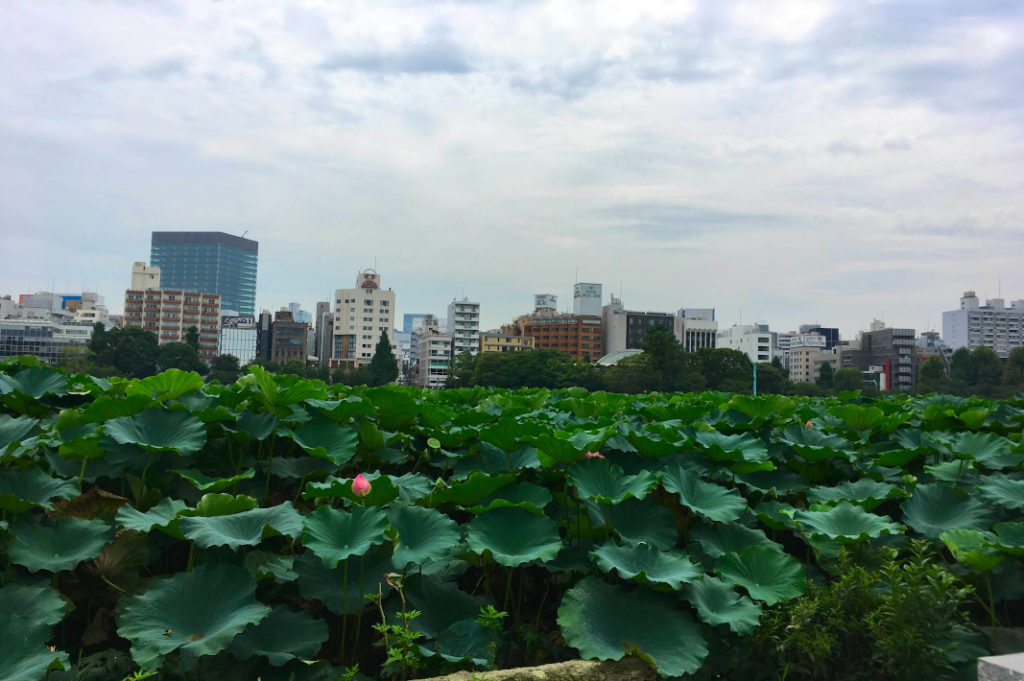
At certain times of year, you can also grab some food here from the vendors that line the pathway up to the temple.
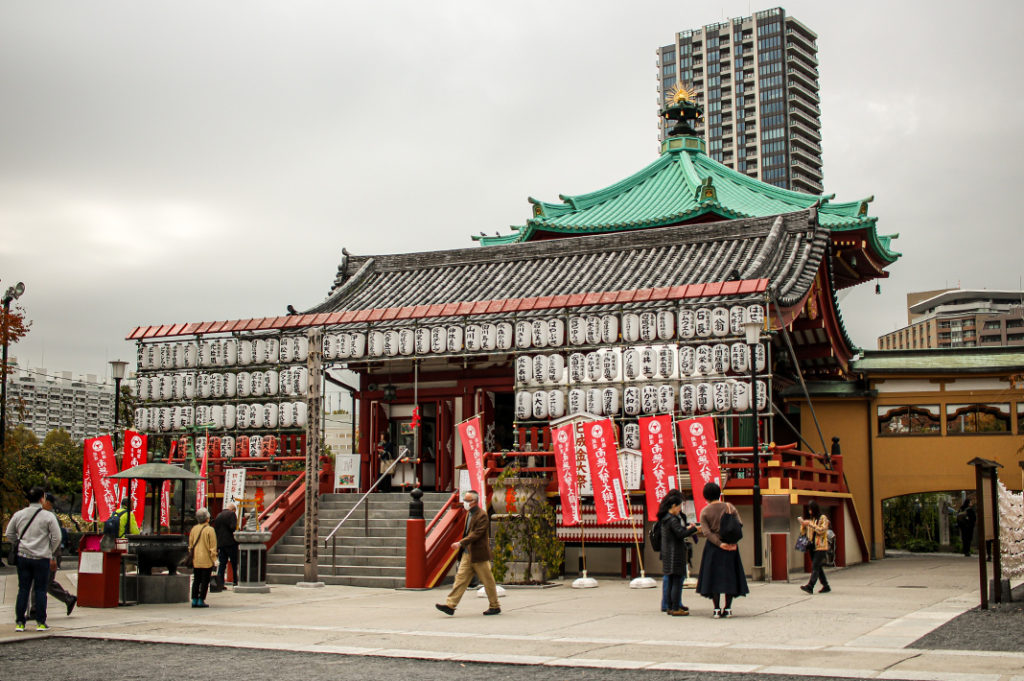
If you feel like seeing some pandas or other furry urban residents, the Ueno Zoo is a short walk north from the temple. The grounds are surprisingly large inside and is the oldest Zoo in Japan.

However, if you’re not in the mood for lions or tigers or bears, you can bypass the Zoo by continuing north on your Ueno tour.
Completing your Ueno Tour
For visitors looking for a little bit of culture on their Ueno walk, you can circle around the park and take your pick from any one of several options.
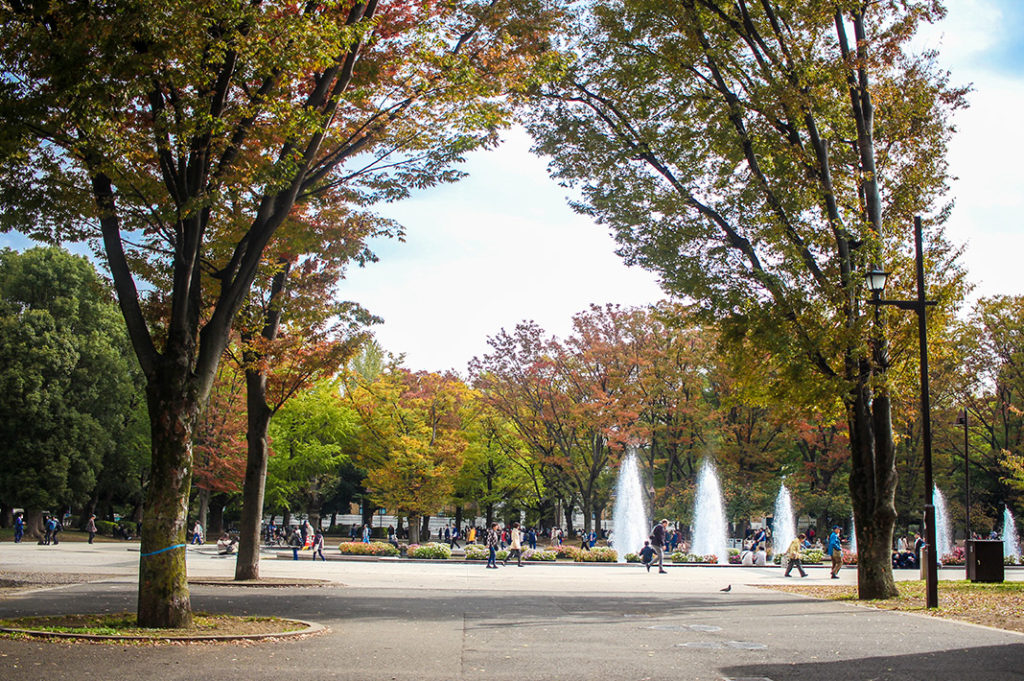
On the northernmost tip of the park is the Tokyo Metropolitan Art Museum. The art museum has a large collection of Japanese and international art.

If you prefer history, however, the Tokyo National Museum is just to the east of art gallery. It features Buddhist statues, samurai armour, and several other artefacts from throughout the country’s history.
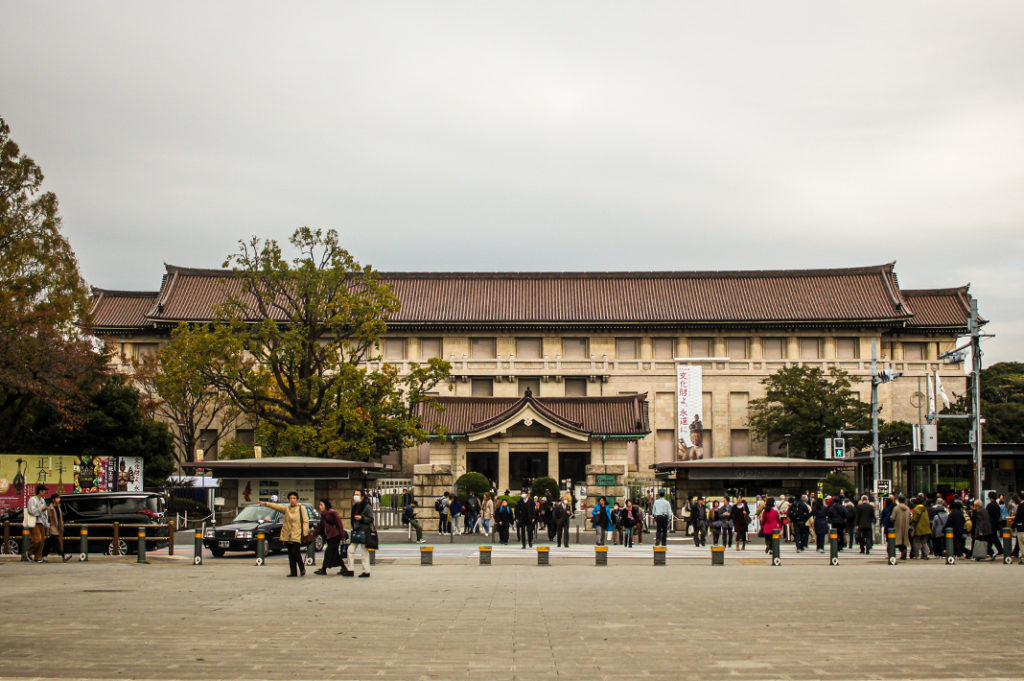
As you continue your Ueno circuit of the park south, the park provides several other options for galleries and museums. The National Museum of Art and Science is perfect for natural history buffs.
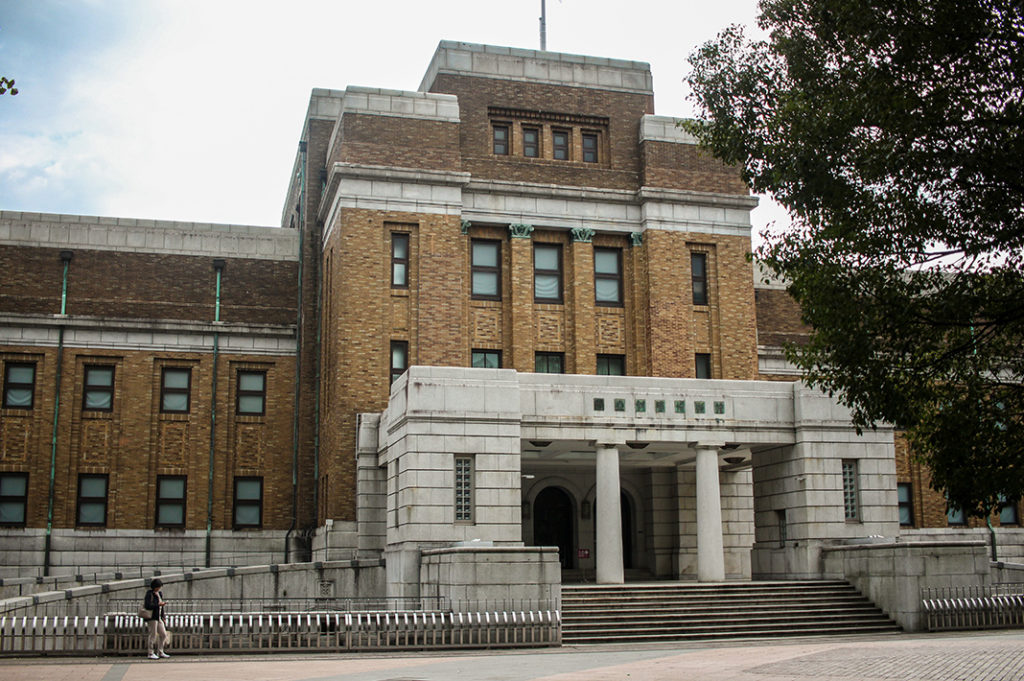
Similarly, the National Museum of Western Art offers a wide selection of mostly European art. Finally, the Ueno Royal Museum houses special exhibitions that change regularly.

When it comes time to end your Ueno tour, you can head back to Ueno station on the JR line. The park offers some much-needed green space in the middle of Tokyo’s urban crawl and a small dose of serenity. On its own Ueno offers a view of Tokyo’s past along with some of its more highbrow present-day culture. Together with Akihabara it offers a fuller picture of the cultural forces that have produced Tokyo’s diverse city-scape.
Post by Japan Journeys.




